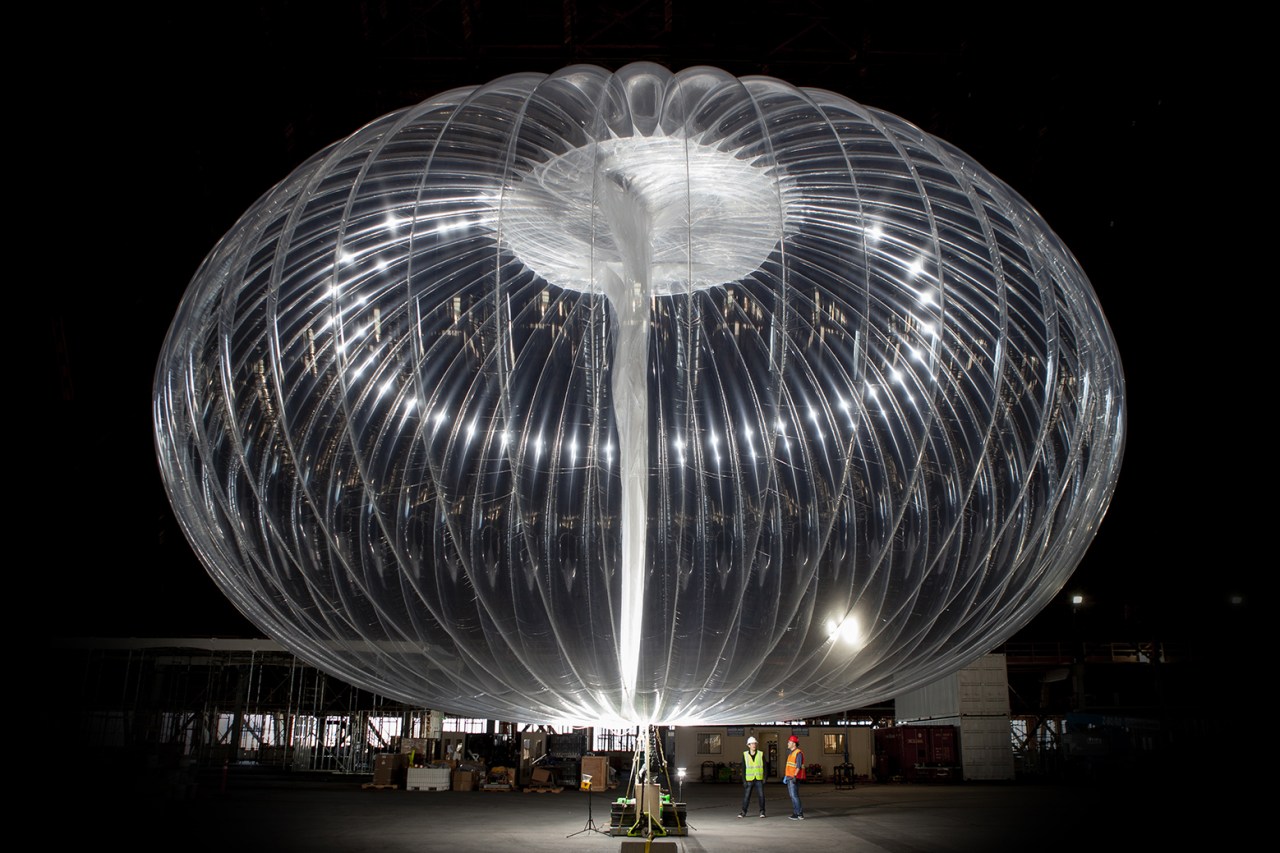In the ever-growing quest for global internet connectivity, Alphabet’s Loon has recently achieved a monumental milestone, surpassing 1 million hours of flight time in the Earth’s stratosphere. As the company’s innovative balloons float gracefully between 50,000 to 70,000 feet, they employ clever strategies to navigate wind currents and deliver high-speed broadband to areas that need it the most. Join us as we explore how Loon’s remarkable technology is changing the way we think about aerial communication.
A Million Hours in the Sky: The Numbers Behind the Success
Imagine floating across the vast expanse of the Earth’s atmosphere, covering a staggering 40 million kilometers (almost 25 million miles)—that’s equivalent to a round trip to the Moon over 50 times! This impressive journey has not only showcased Loon’s technological prowess but also provided valuable data for enhancing the automated navigation systems that steer these ingenious balloons.
Innovative Navigation Strategies: Learning from the Skies
One of the standout features of Loon’s balloons is their ability to adapt and strategize in real-time. Similar to how sailing vessels tack against the wind, Loon’s balloons utilize unique zig-zag patterns to remain within designated flight zones. But even more intriguing is their use of counterintuitive methods that might surprise seasoned navigators. These strategies have unlocked a world of possibilities for sustained connectivity.
- Loitering: Rather than straightforward path continuation, the balloons have been observed to “wait it out” in certain zones. By leveraging wind forecast data, they find optimal routes to hitch a ride to their intended destinations.
- Figure-Eight Patterns: Instead of circling aimlessly, the balloons employ figure-eight flight patterns. This not only enables them to remain focused over particular regions but also enhances reliability and consistency in delivering LTE connections.
The Role of Artificial Intelligence in Balloon Navigation
Salvatore Candido, the CTO of Loon, raises an intriguing question regarding whether these navigational decisions should be classified as basic AI. This candid reflection sheds light on the complexity of defining artificial intelligence in an age where companies often stretch the bounds of AI terminology. Nevertheless, Loon’s adaptive software is a testament to significant advancements towards fulfilling their mission of providing affordable connectivity to underserved populations.
Challenges and Future Prospects
While Loon’s technology is groundbreaking, several challenges remain. Factors such as unpredictable weather patterns and changing atmospheric conditions require persistent innovation. As the team at Loon continues to log flying hours and enhance their automated systems, the dream of providing global internet access is inching ever closer to reality.
Conclusion: The Future of Connectivity is Here
Loon’s remarkable mileage is more than just a number; it’s a reflection of a vision aimed at closing the digital divide. With their balloons continuously learning and adapting to their environment, they represent a fusion of technology, innovation, and hope for a more connected world. As we look ahead, the lessons learned from their flight paths could signal a new era of reliable, accessible internet connectivity for millions.
At **[fxis.ai](https://fxis.ai)**, we believe that such advancements are crucial for the future of AI, as they enable more comprehensive and effective solutions. Our team is continually exploring new methodologies to push the envelope in artificial intelligence, ensuring that our clients benefit from the latest technological innovations. For more insights, updates, or to collaborate on AI development projects, stay connected with **[fxis.ai](https://fxis.ai)**.

